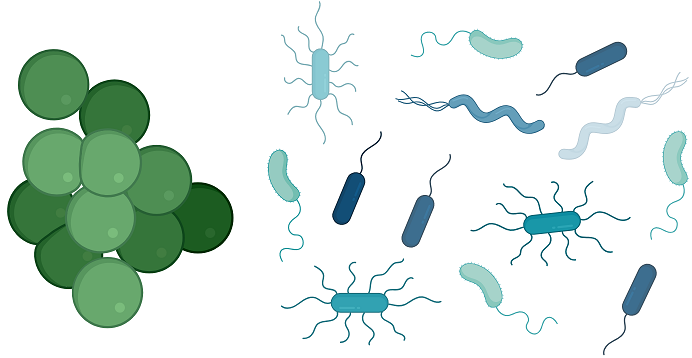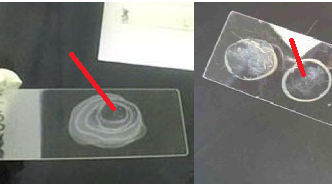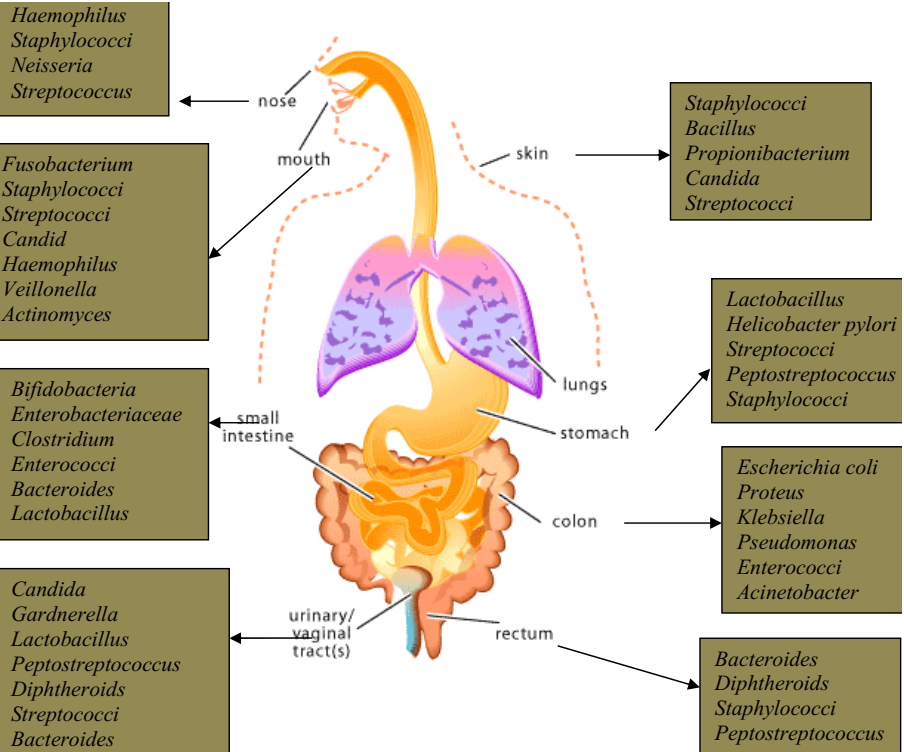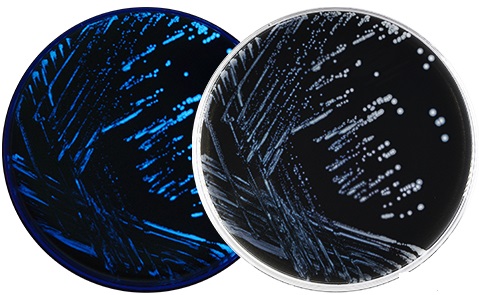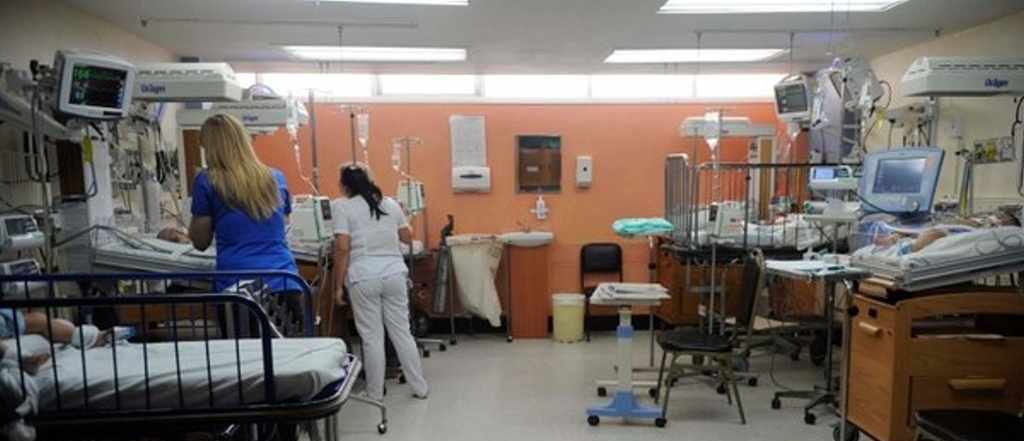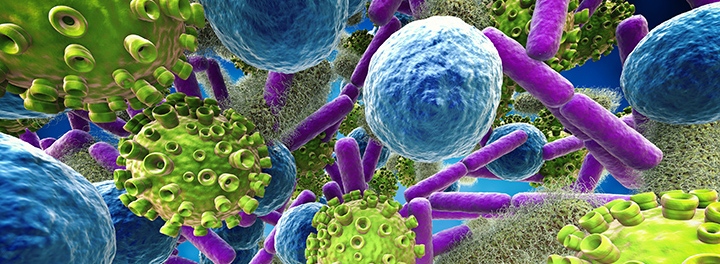Hand washing is one of the best ways to protect yourself and your family from […]
Category: Medical Microbiology
HEALTHY HABITS TO HELP PREVENT FLU
Preventing Flu at Work and School At School At Work Source: https://www.cdc.gov/flu/prevent/actions-prevent-flu.htm
Monkeypox (Mpox) infection
Mpox, caused by the monkeypox virus, is a viral infection with symptoms like rash, fever, and swollen lymph nodes. Transmitted through contact with infected individuals, animals, or materials, it can be severe, especially for immunocompromised individuals. Preventive measures include vaccination and avoiding physical contact. Diagnosis involves PCR testing, and treatment includes supportive care.
GARDNERELLA VAGINALIS
GARDNERELLA VAGINALIS Gardnerella vaginalis in association with other bacteria is the causative agent of bacterial […]
PREPARATION OF BACTERIAL SMEAR & HEAT FIXING
Bacterial smear is defined as a dehydrated or dried preparation of a bacterial suspension (cells) […]
MICROBIOTA (NORMAL MICROFLORA) OF LIVING ORGANISMS
Microbiota which can also be called normal microflora is the totality of microorganisms that are […]
STAINING TECHNIQUE
Staining is any microbiological process which increases the contrast of organisms when certain dyes or […]
Buffered Charcoal Yeast Extract (BCYE) Agar
Buffered Charcoal Yeast Extract (BCYE) Agar is used for primary isolation and cultivation of Legionella pneumophila […]
PUBLIC HEALTH AND PARASITIC DISEASES
Public health is a branch of medical sciences that primarily deals with the surveillance, control, […]
MEDICAL MYCOLOGY – overview of fungal infections
The study of pathogenic fungi (i.e. fungal organisms that are of medical importance) is known […]
Introduction to Mycology
What is mycology? Mycology is simply defined as the study of fungi. Fungi (singular: fungus) […]
Normal Microflora
The human body is inundated with plethora of harmless microorganism’s including fungi and bacteria found […]
Exploring Careers in Microbiology: What Microbiologists Do and Where They Work!
A guide to discovering diverse career paths through the world of microbes—from healthcare to climate […]
Introduction to (Medical) Bacteriology
Medical Bacteriologyis a branch of medical microbiology that is concerned with the diagnosis, prevention and […]





